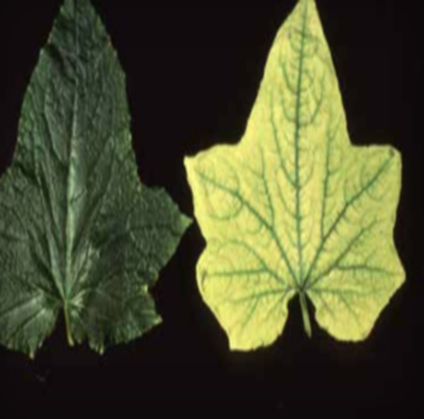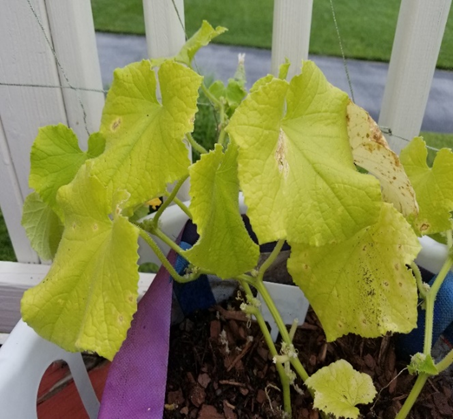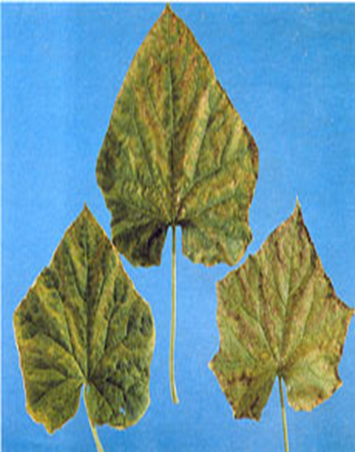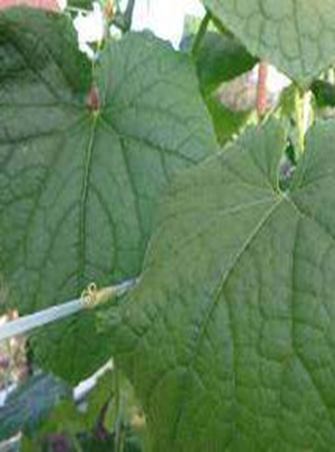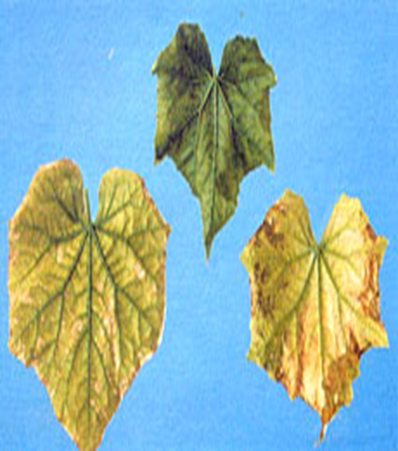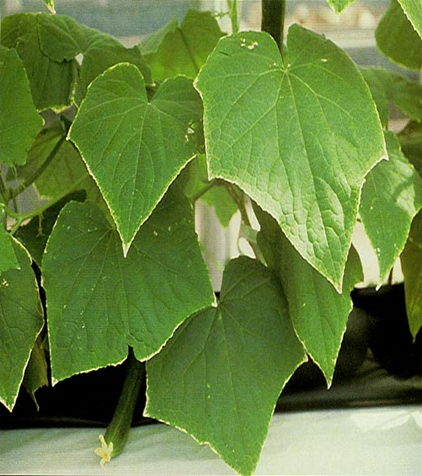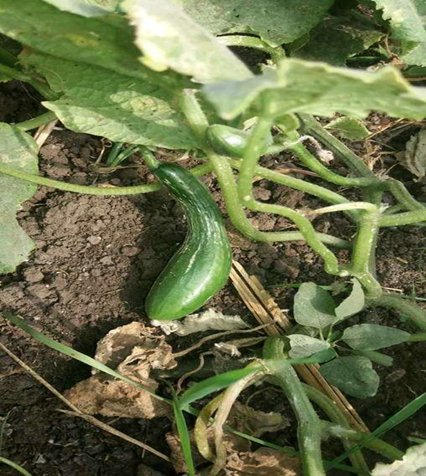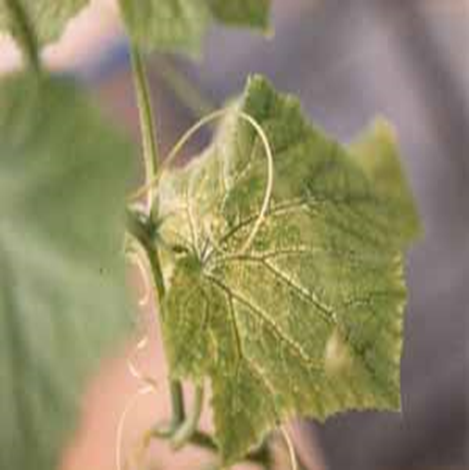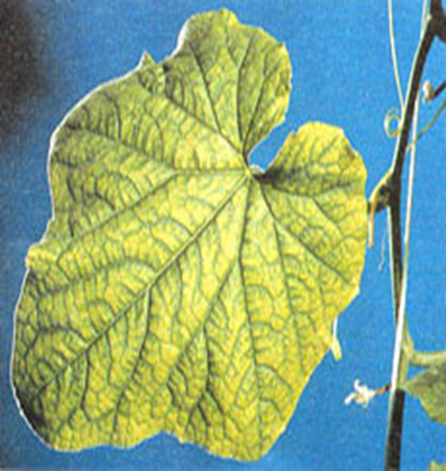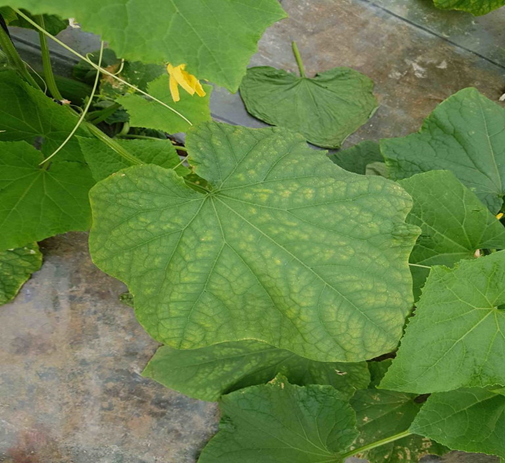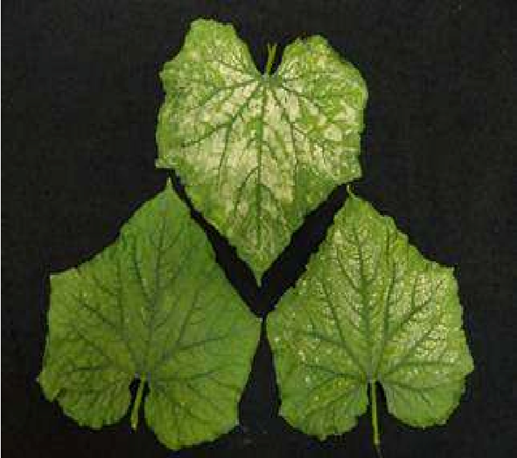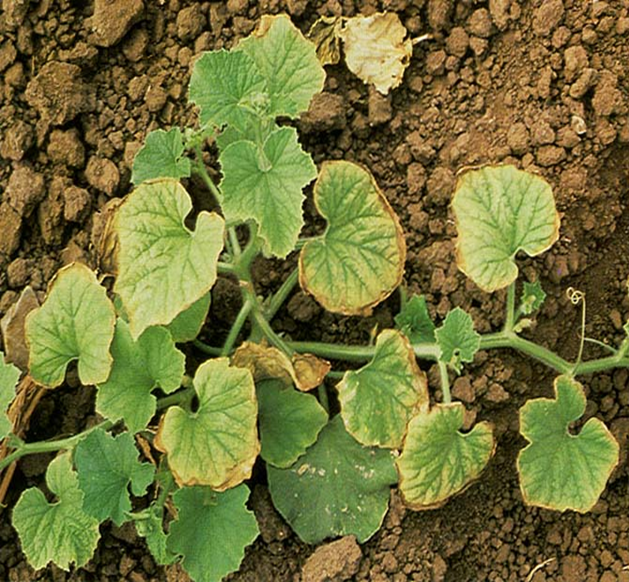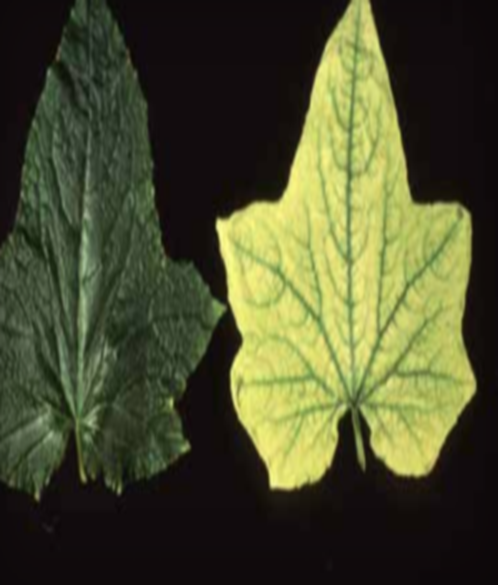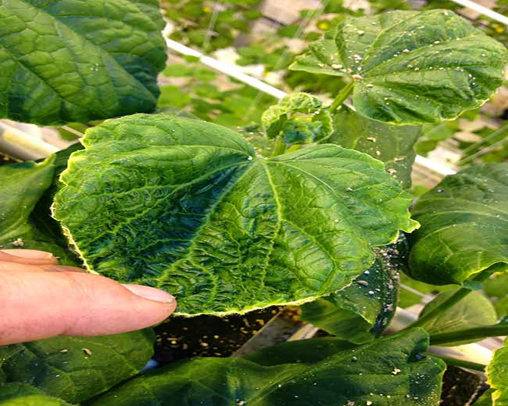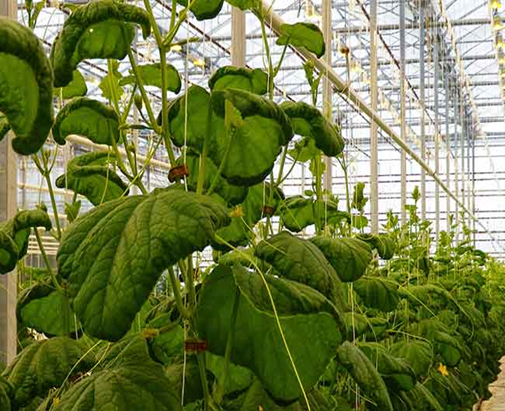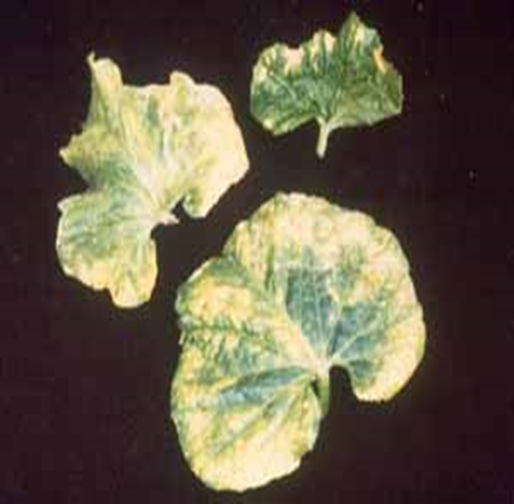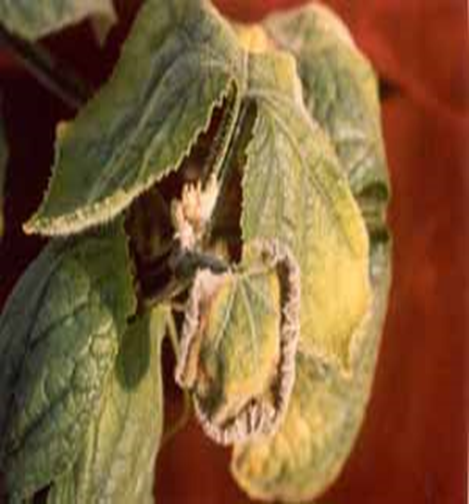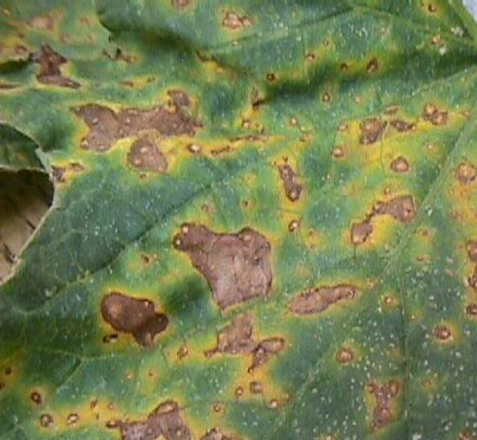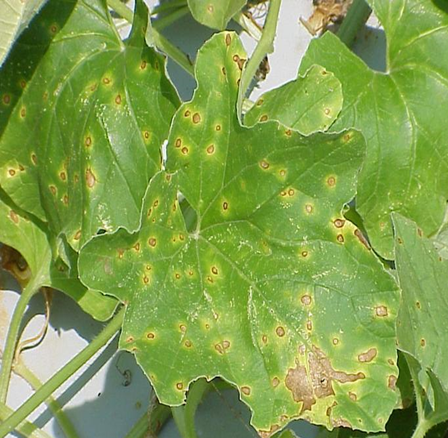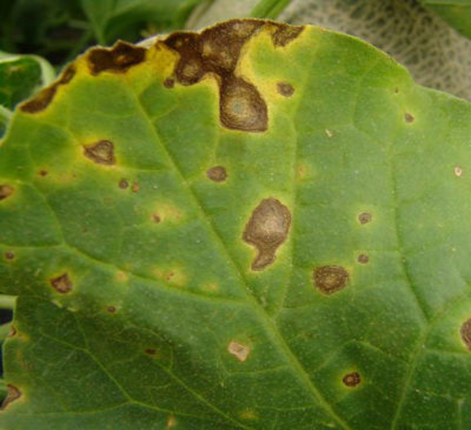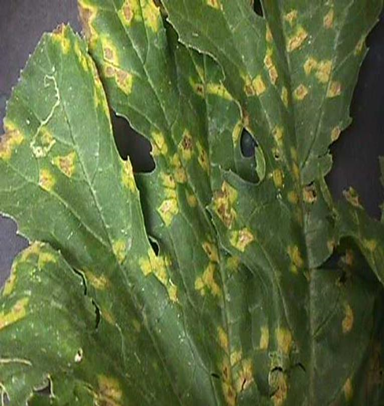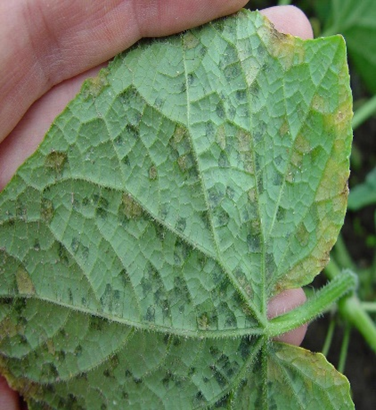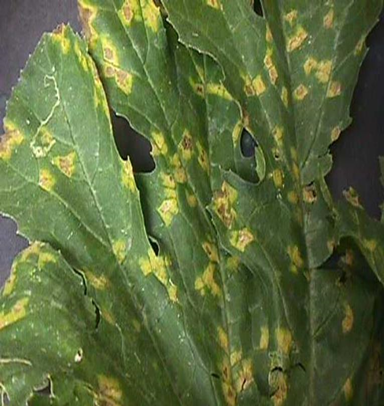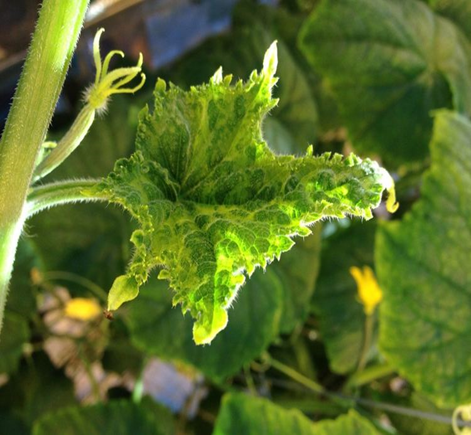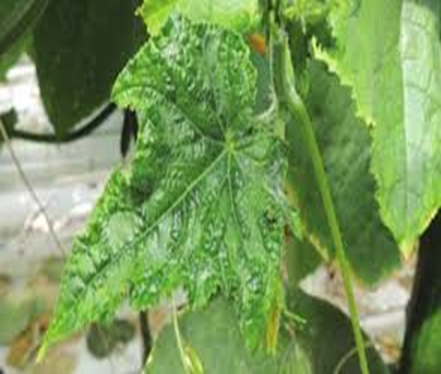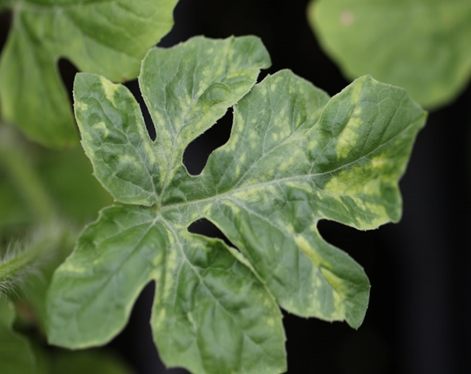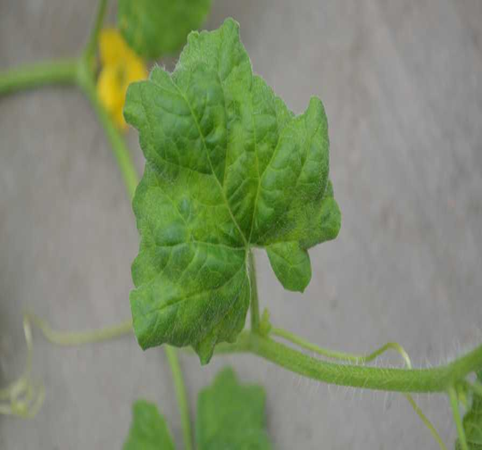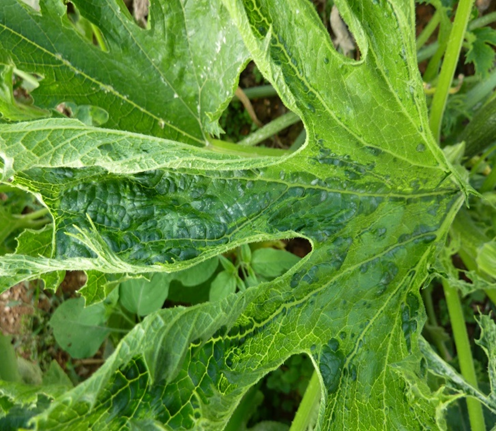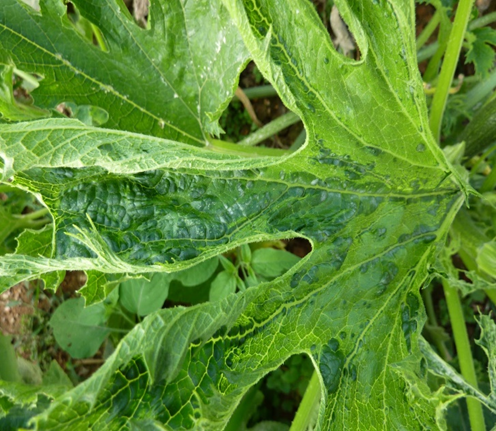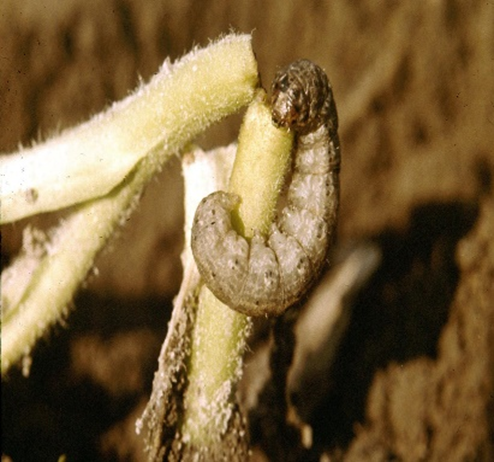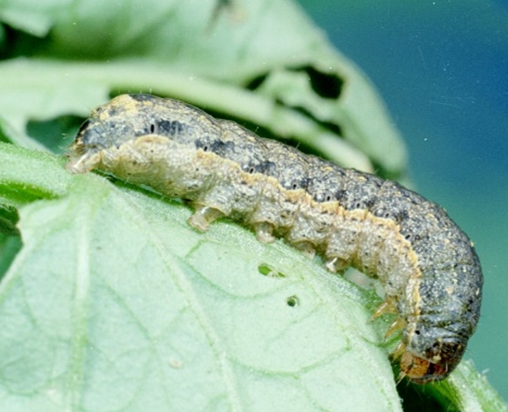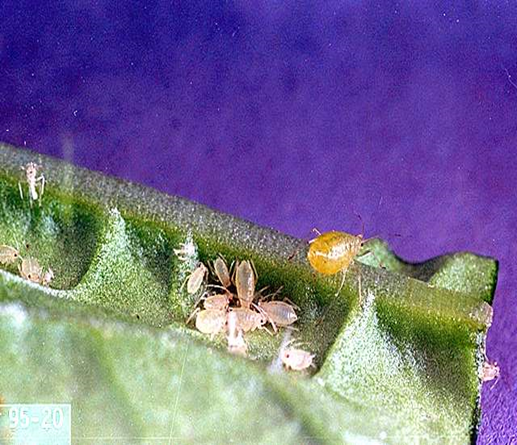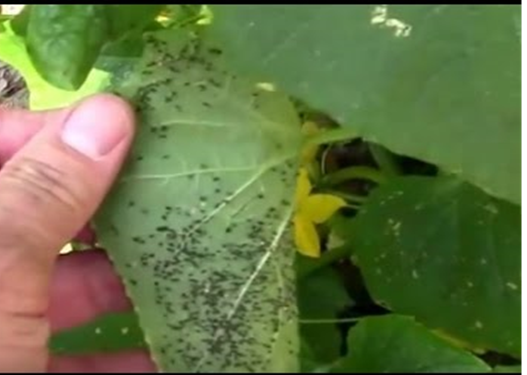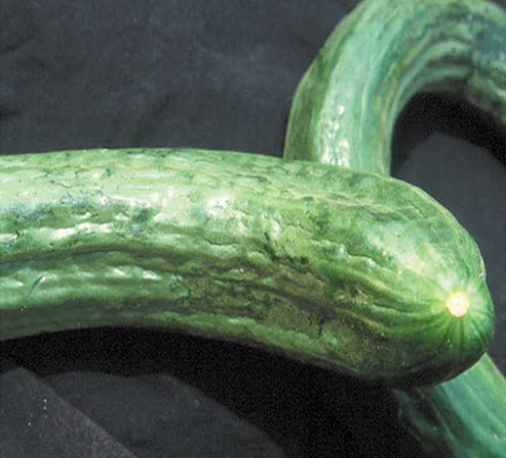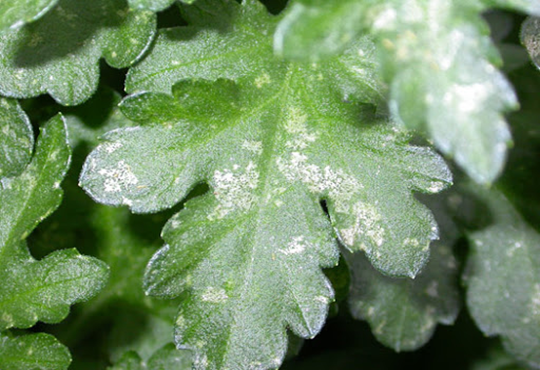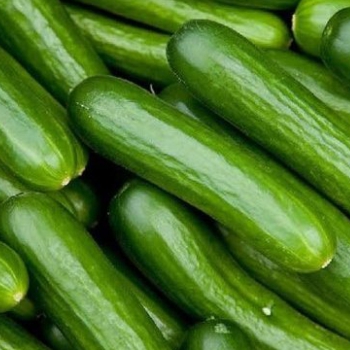
- Cucumbers are species of the Cucurbitaceae family of plants.
- It is a self-pollinated annual vegetable.
- Cucumbers are South Asian natives.
- The primary growth regions are Haryana, Madhya Pradesh, Karnataka, and Andhrapradesh.
- Soil - Cucumber can be grown in all types of soil.
- pH- 5.5-6.8.
- Temperature- 18°C–24°C.
- Rainfall- 120-150mm.
- Climate- warm weather.
- Prepare the field at least one month before planting
- Form raised beds of 120 cm in width at an interval of 30 cm and the laterals are placed at the center of each bed.
- Apply well-decomposed animal manure.
- Sow the seeds from June or January to April.
- Sow 3-4 seeds/hill and cover with a thin layer of soil.
- Irrigate the field right after sowing.
DEFICIENCY OF NITROGEN
TREATMENT :
|
Use NITROKING 2-3 ml per litre of water |
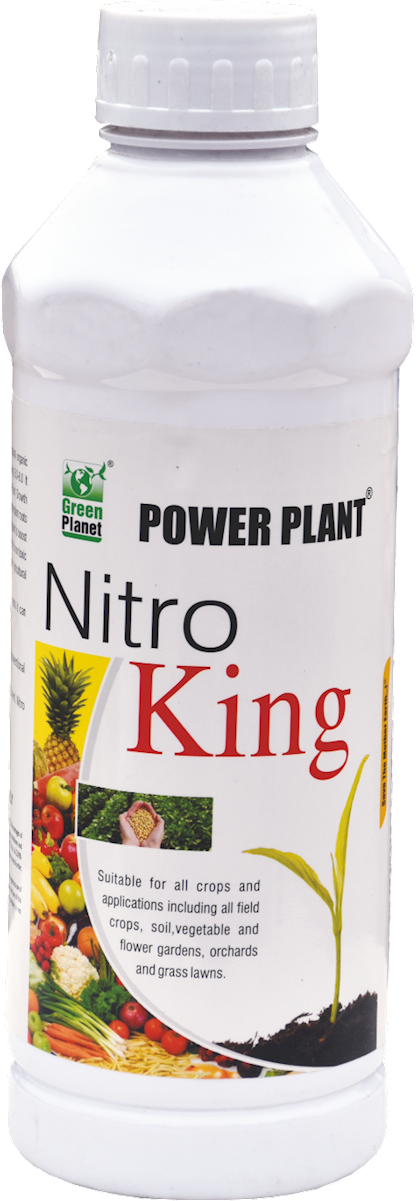 |
|
Use SPALL90 0.5ml per litre of water |
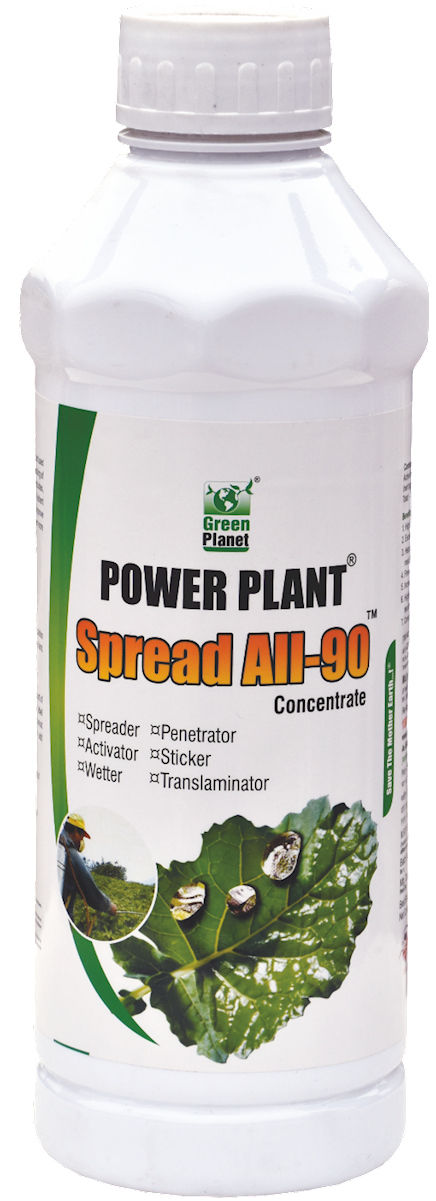 |
DEFICIENCY OF PHOSPHORUS
TREATMENT :
|
Use Ferric EDTA 0.5-01 gm per litre of water |
.png) |
|
Use NITROKING 2-3 ml per litre of water |
 |
|
Use SPALL90 0.5ml per litre of water |
 |
TREATMENT :
|
Use NITROKING 2-3 ml per litre of water |
 |
|
Use Grow 2 ml per litre of water |
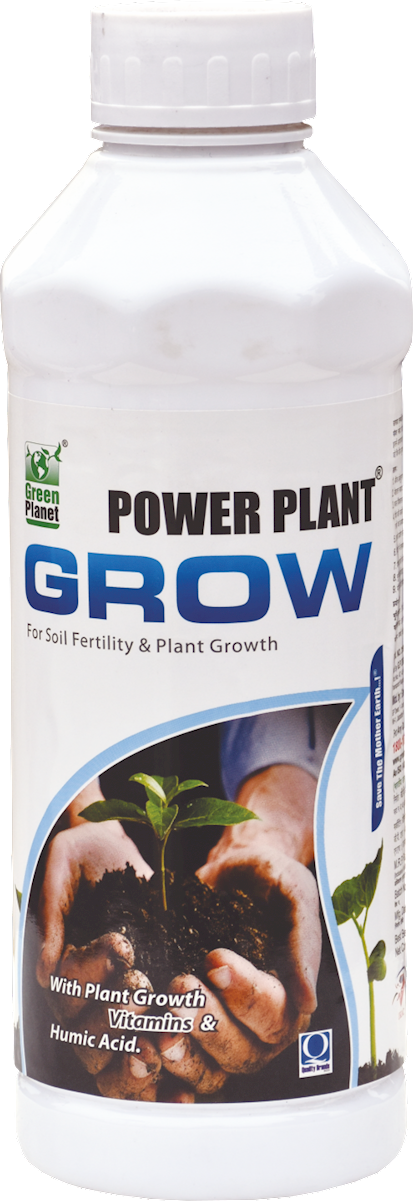 |
|
Use SPALL90 0.5 ml per litre of water |
 |
TREATMENT :
|
Use Calcium EDTA 0.5g per litre of water |
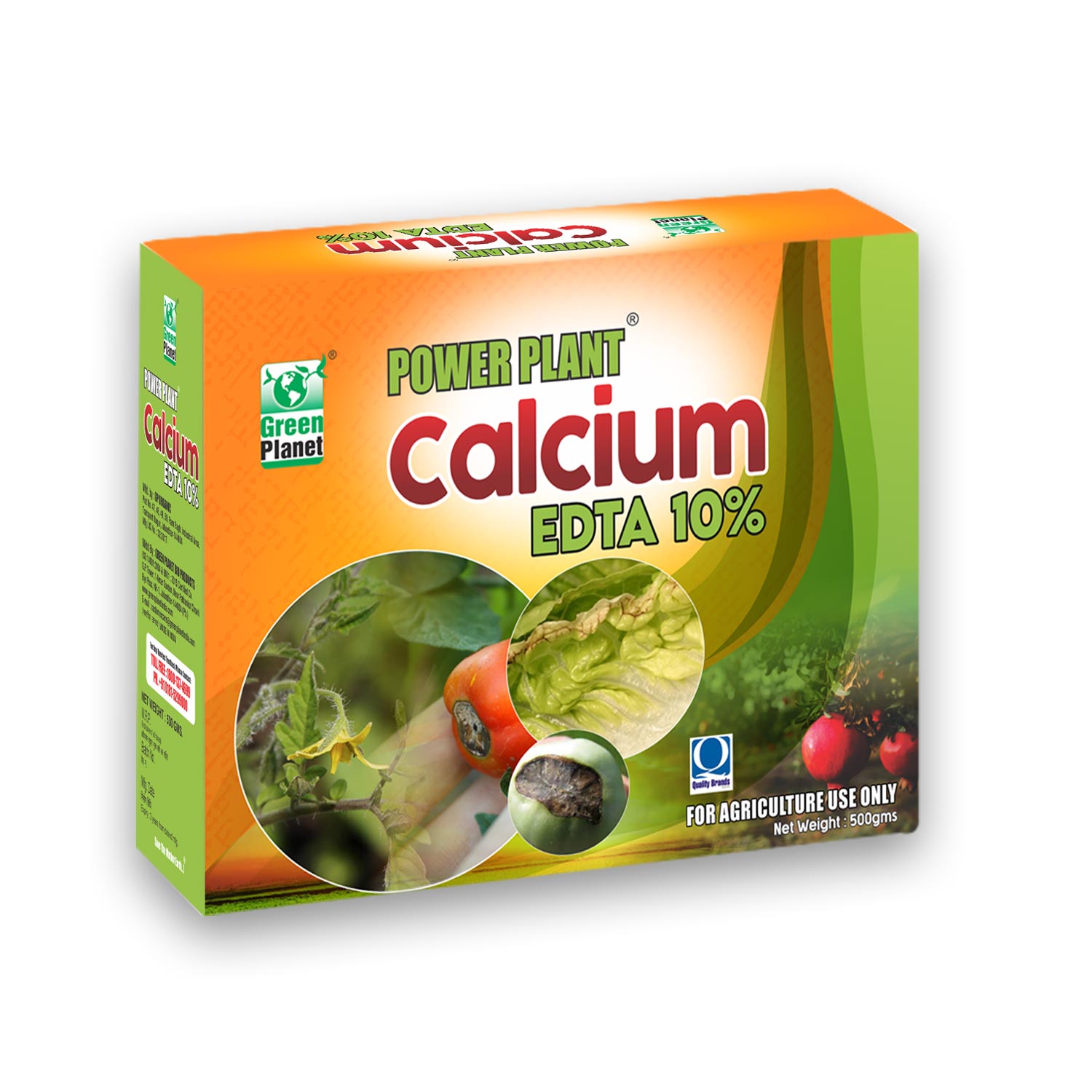 |
|
Use BLOOM 2 ml per litre of water |
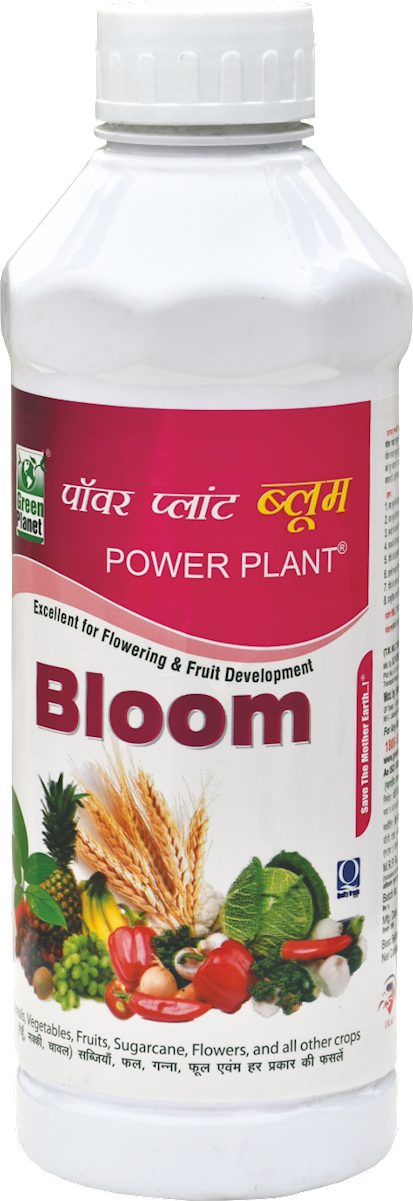 |
|
Use SPALL90 0.5 ml per litre of water |
 |
A. FUNGAL DISEASES:(i) CONTACT BASED
1. ALTERNARIA LEAF BLIGHT (Alternaria cucumerina)
TREATMENT :
|
Use PPFC 2-3 gm per litre of water |
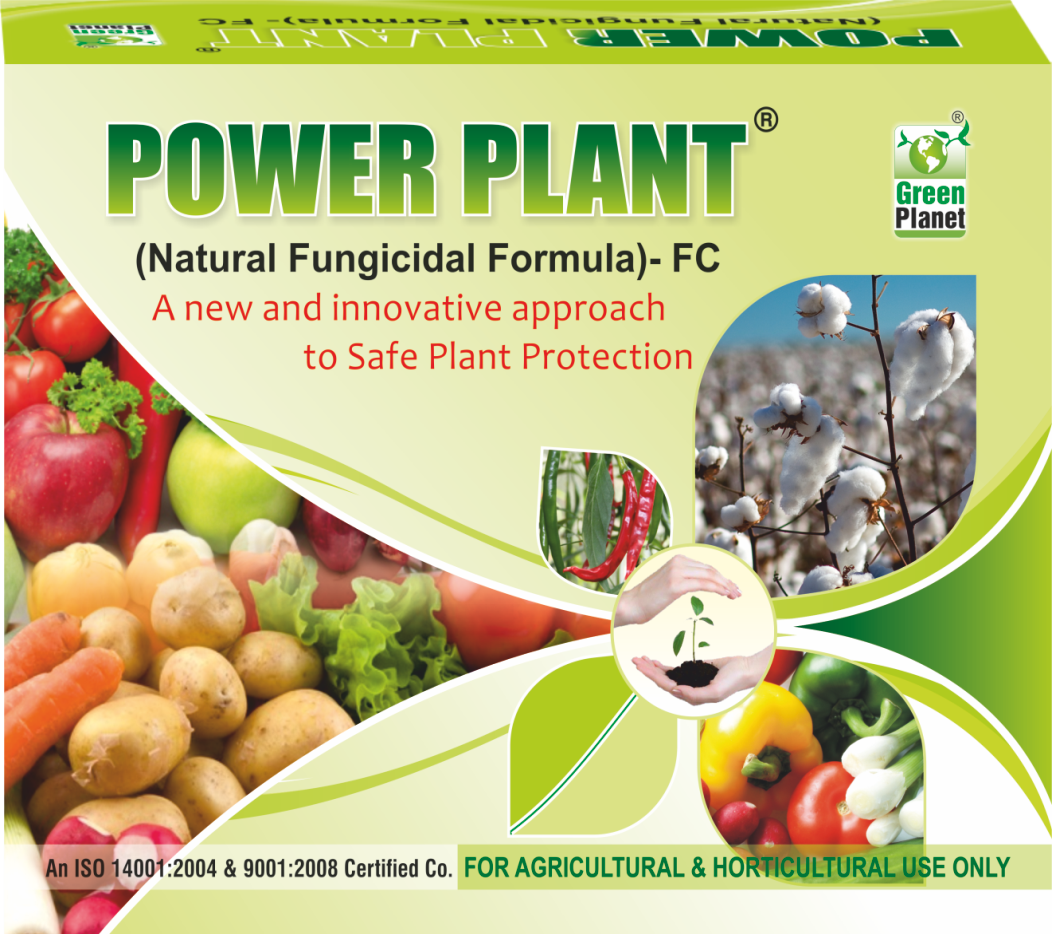 |
|
Use SpAll90 0.5 ml per litre of water |
 |
A. FUNGAL DISEASES:(i) CONTACT BASED
2. ANTHRACNOSE (Colletotrichum orbiculare)
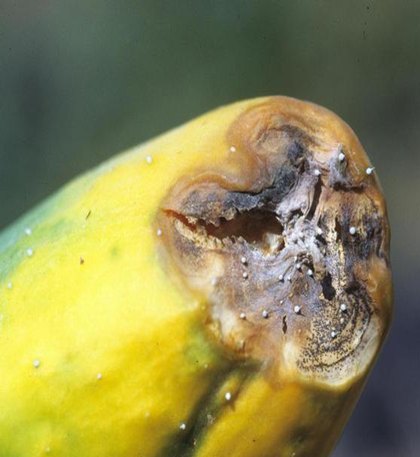
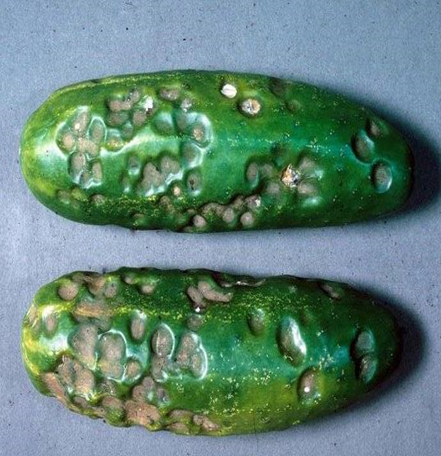
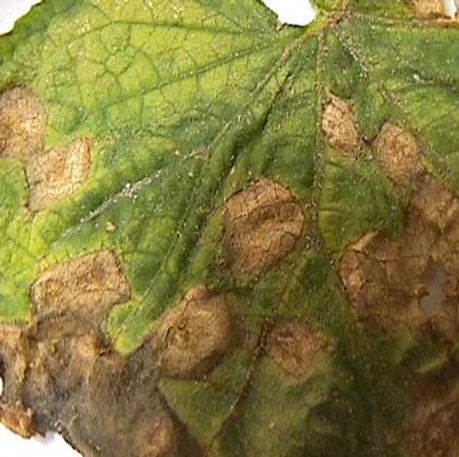
TREATMENT :
|
Use PPFC 2-3 gm per litre of water |
 |
|
Use SpAll90 0.5 ml per litre of water |
 |
A. FUNGAL DISEASES:(i) CONTACT BASED
3.CERCOSPORA LEAF SPOT(Cercospora citrullina)
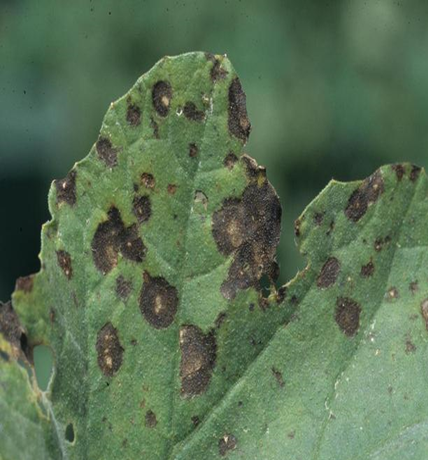
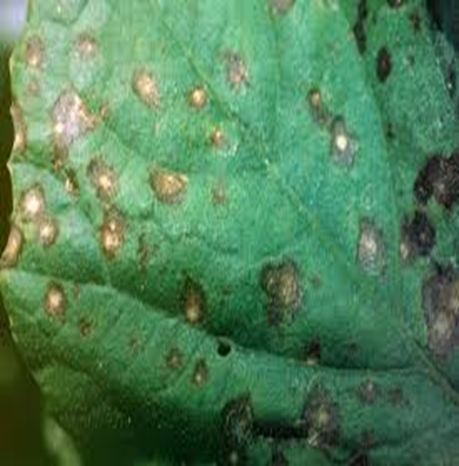
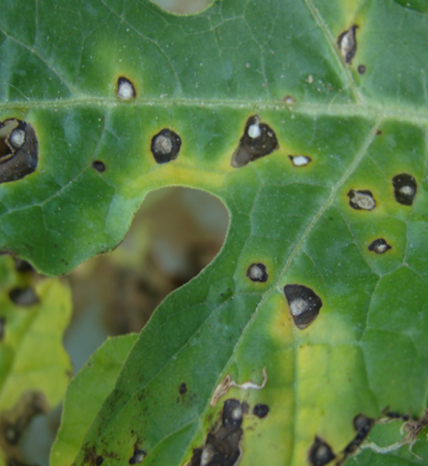
TREATMENT :
|
Use PPFC 2-3 gm per litre of water |
 |
|
Use SpAll90 0.5 ml per litre of water |
 |
A. FUNGAL DISEASES:(i) CONTACT BASED
4. DOWNY MILDEW
TREATMENT :
|
Use PPFC 2-3 gm per litre of water |
 |
|
Use SpAll90 0.5 ml per litre of water |
 |
A. FUNGAL DISEASES:(i) CONTACT BASED
5. POWDERY MILDEW (Erysiphe cichoracearum)
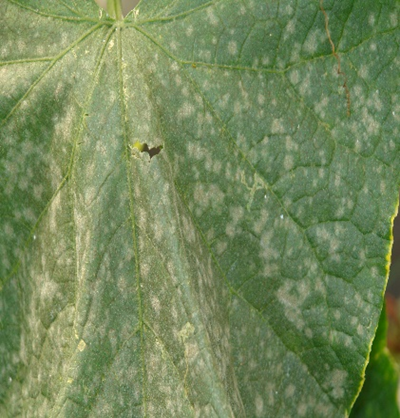
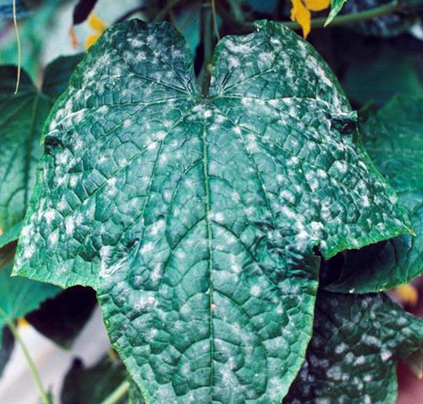
TREATMENT :
|
Use PPFC 2-3 gm per litre of water |
 |
|
Use SpAll90 0.5 ml per litre of water |
 |
A. FUNGAL DISEASES:(i) CONTACT BASED
6. TARGET LEAF SPOT (Corynespora cassiicola)
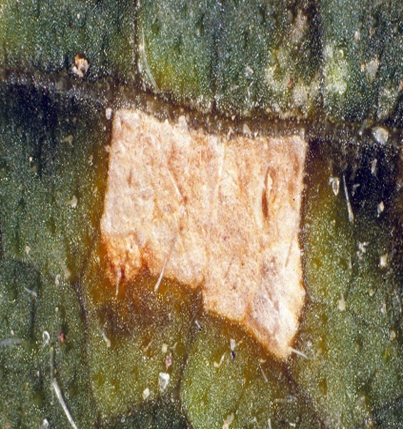
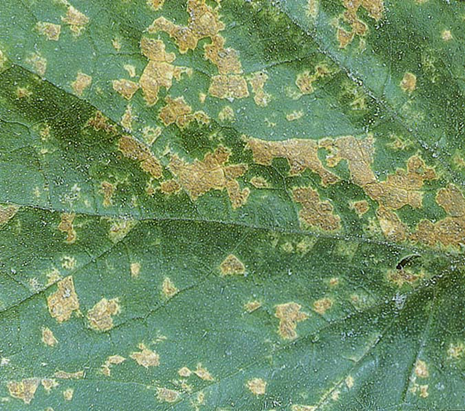
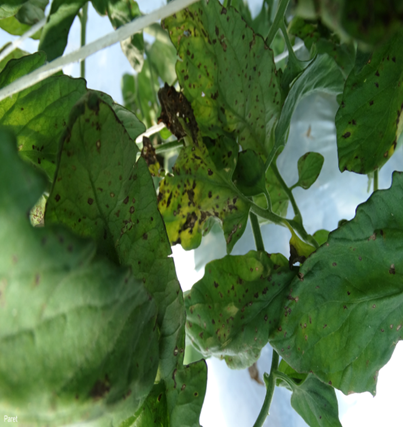
TREATMENT :
|
Use PPFC 2-3 gm per litre of water |
 |
|
Use SpAll90 0.5 ml per litre of water |
 |
A. FUNGAL DISEASES:(ii) SYSTEMIC BASED
1.BELLY ROT (Rhizoctonia solani)
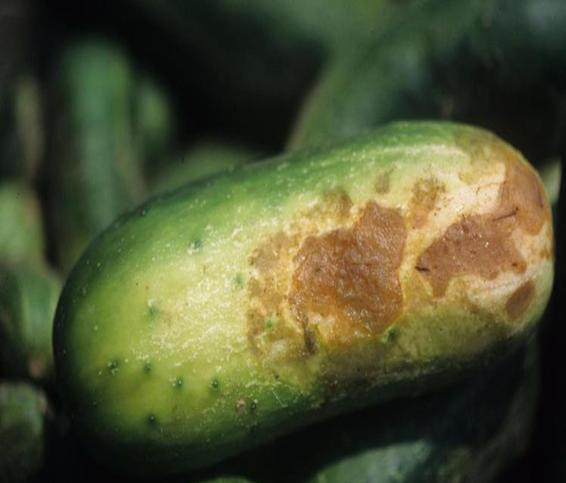
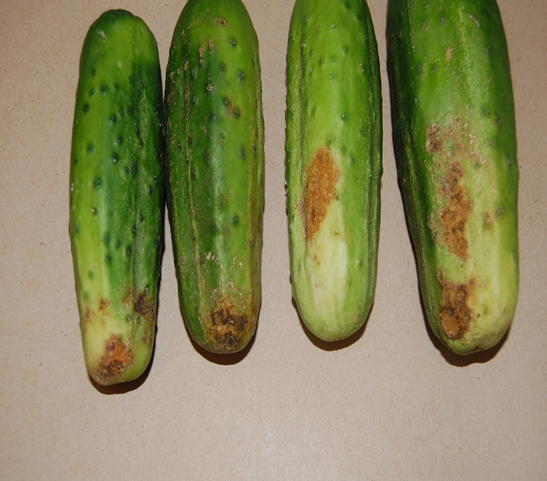
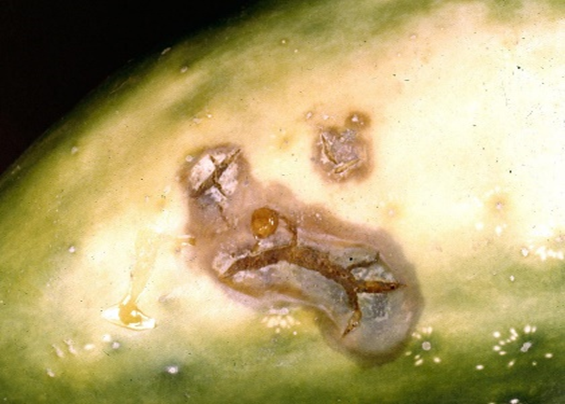
TREATMENT :
|
Use Fungohit 2-3ml per litre of water |
 |
|
Use SpAll90 0.5 ml per litre of water |
 |
A. FUNGAL DISEASES:(ii) SYSTEMIC BASED
2.FUSARIUM WILT (Fusarium oxysporum)
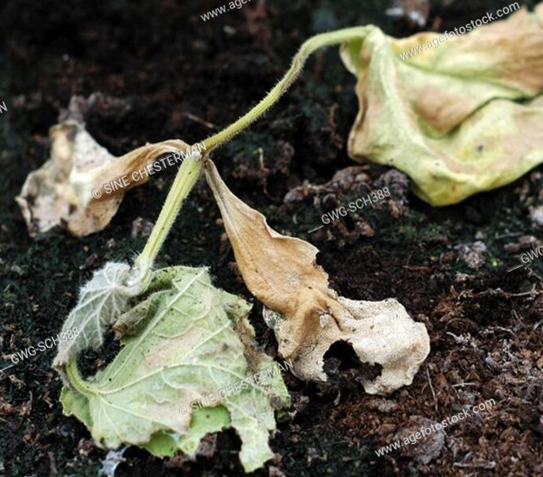
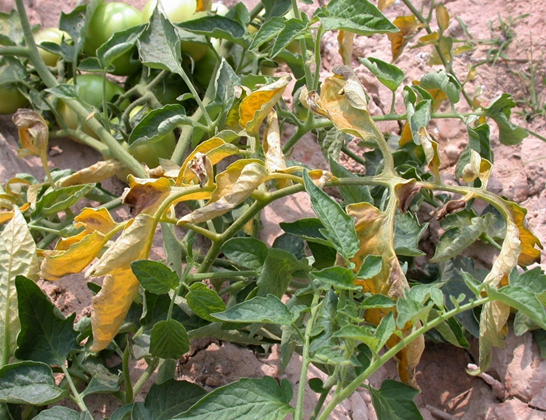
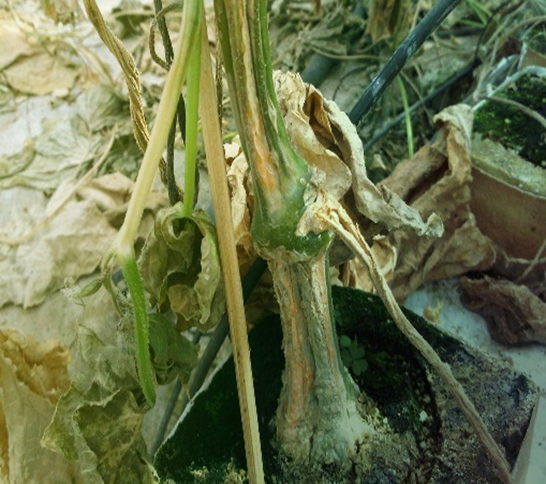
TREATMENT :
|
Use Fungohit 2-3ml per litre of water |
 |
|
Use SpAll90 0.5 ml per litre of water |
 |
A. FUNGAL DISEASES:(ii) SYSTEMIC BASED
3. VERTICILLIUM WILT (Verticillium dahlia)
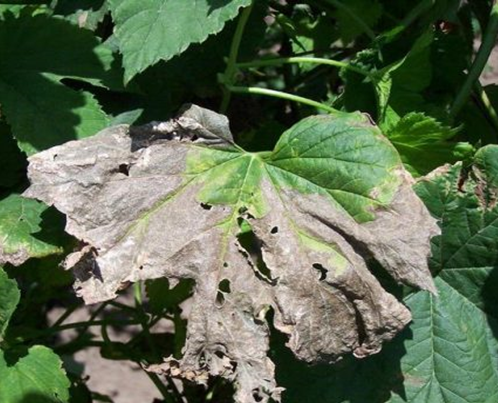
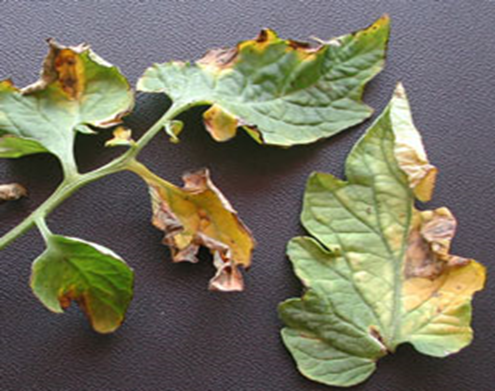
TREATMENT :
|
Use Fungohit 2-3ml per litre of water |
 |
|
Use SpAll90 0.5 ml per litre of water |
 |
B. VIRAL DISEASES
1. CUCUMBER GREEN MOTTLE MOSAIC VIRUS
TREATMENT :
|
Use Virohit 2-3 ml per litre of water |
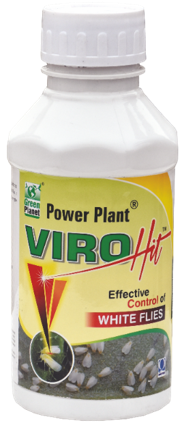 |
|
Use virosol 2-3 ml per litre of water |
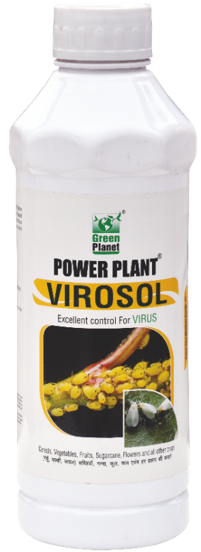 |
|
Use PPNP 1 ml per litre of water |
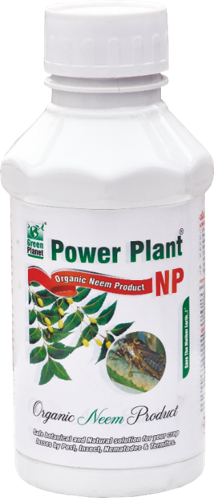 |
|
Use SpAll90 0.5 ml per litre of water |
 |
B. VIRAL DISEASES
2. CUCUMBER MOSAIC VIRUS
TREATMENT :
|
Use Virohit 2-3 ml per litre of water |
 |
|
Use virosol 2-3 ml per litre of water |
 |
|
Use PPNP 1 ml per litre of water |
 |
|
Use SpAll90 0.5 ml per litre of water |
 |
B. VIRAL DISEASES
3. SQUASH MOSAIC VIRUS
TREATMENT :
|
Use Virohit 2-3 ml per litre of water |
 |
|
Use virosol 2-3 ml per litre of water |
 |
|
Use PPNP 1 ml per litre of water |
 |
|
Use SpAll90 0.5 ml per litre of water |
 |
C. PESTS:(i)CHEWING PESTS
1.FLEA BEETLES(Epitrix )
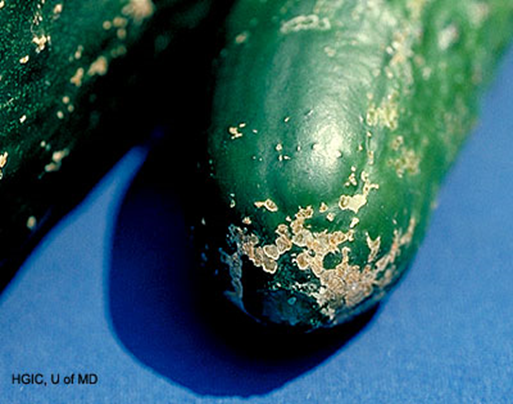
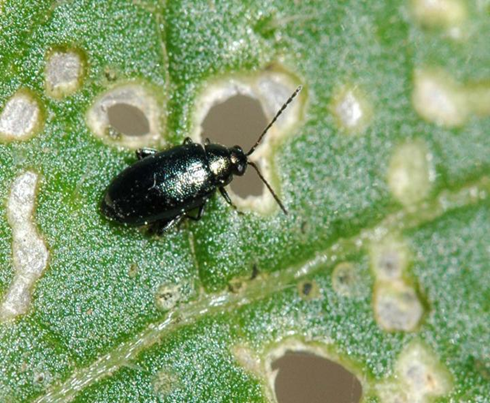
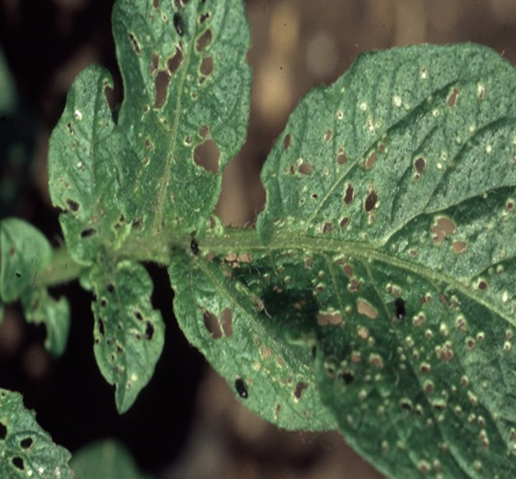
TREATMENT :
|
Use Pestohit 2-3 ml per litre of water |
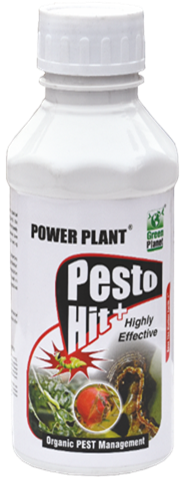 |
|
Use PPNP 1 ml per litre of water |
 |
|
Use SpAll90 0.5ml per litre of water |
 |
C. PESTS:(i)CHEWING PESTS
2. CUTWORMS (Agrotis ipsolin )
TREATMENT :
|
Use Pestohit 2-3 ml per litre of water |
 |
|
Use PPNP 1 ml per litre of water |
 |
|
Use SpAll90 0.5ml per litre of water |
 |
C. PESTS:(i)CHEWING PESTS
3. CUCUMBER BEETLE (Acalymma vittata)
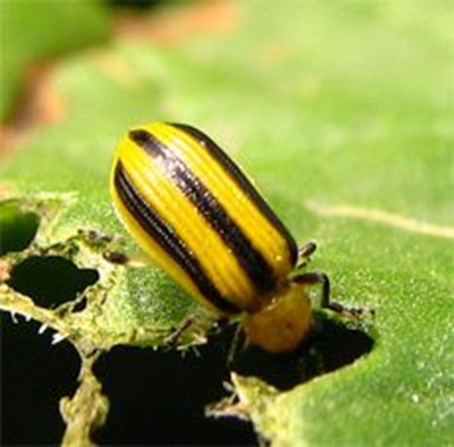
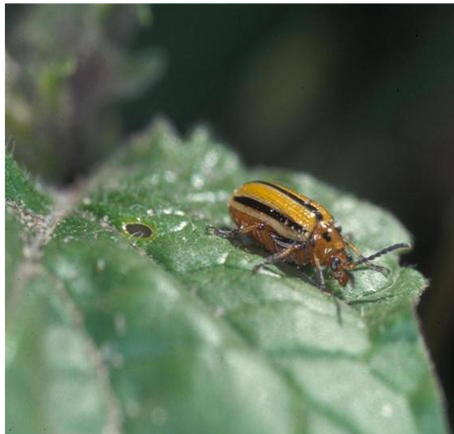
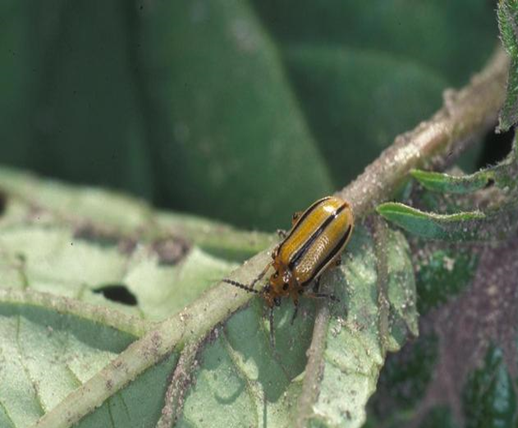
TREATMENT :
|
Use Pestohit 2-3 ml per litre of water |
 |
|
Use PPNP 1 ml per litre of water |
 |
|
Use SpAll90 0.5ml per litre of water |
 |
C. PESTS :(ii) SUCKING PESTS
1.APHID (Myzus persicae)
TREATMENT :
|
Use Orgomite 2-3 ml per litre of water |
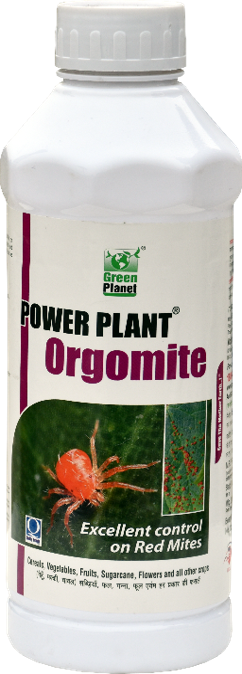 |
|
Use PPNP 1 ml per litre of water |
 |
|
Use SpAll90 0.5 ml per litre of water |
 |
C. PESTS : (ii) SUCKING PESTS
2.THRIPS (Helicothrips indicus)
TREATMENT :
|
Use Orgomite 2-3 ml per litre of water |
 |
|
Use PPNP 1 ml per litre of water |
 |
|
Use SpAll90 0.5 ml per litre of water |
 |


